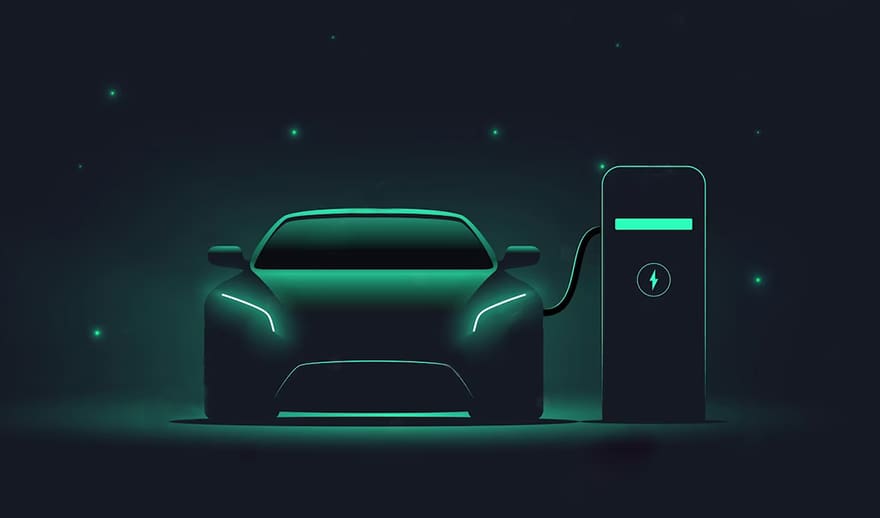Compared with traditional vehicles, the main difference between electric vehicles and traditional fuel vehicles lies in the four major components, drive motor, speed controller, power battery, and on-board charger. The on-board battery is mainly used as the energy source, and the motor is used as the power source. Drive the vehicle. Compared with traditional automobiles, electric vehicles have higher requirements on the degree of electronics. Due to the complex working environment of automobiles, automotive PCBs have extremely high requirements on reliability.
Electric vehicles often require various printed circuit boards (PCBs) to control different systems and functions.
Motor Control: Manages the motor to provide smooth and quiet acceleration, torque and efficiency.
Battery Management: Manage the vehicle's battery system, including monitoring battery charge and discharge to ensure safe and efficient battery operation.
Power Electronics: Converts the energy stored in the battery into the electricity needed to drive the electric motor.
Charging Control: manage the charging of the battery, including controlling the charging rate, monitoring the charging process, and ensuring the safety of the charging process.
Energy Management: managing the flow of energy between batteries, electric motors and other systems such as climate control and infotainment.
Infotainment System: Manages the vehicle's infotainment system, including the audio system, navigation system, and in-vehicle entertainment system.
Telematics: The vehicle's telematics system, which includes communication systems such as GPS, Bluetooth, and Wi-Fi.
With over 20 years of experience, POE offers a range of services including PCB manufacturing, global component sourcing, PCB assembly, customized enclosure solutions, packaging customization, and transportation services. Please don't hesitate to contact us at any time!















